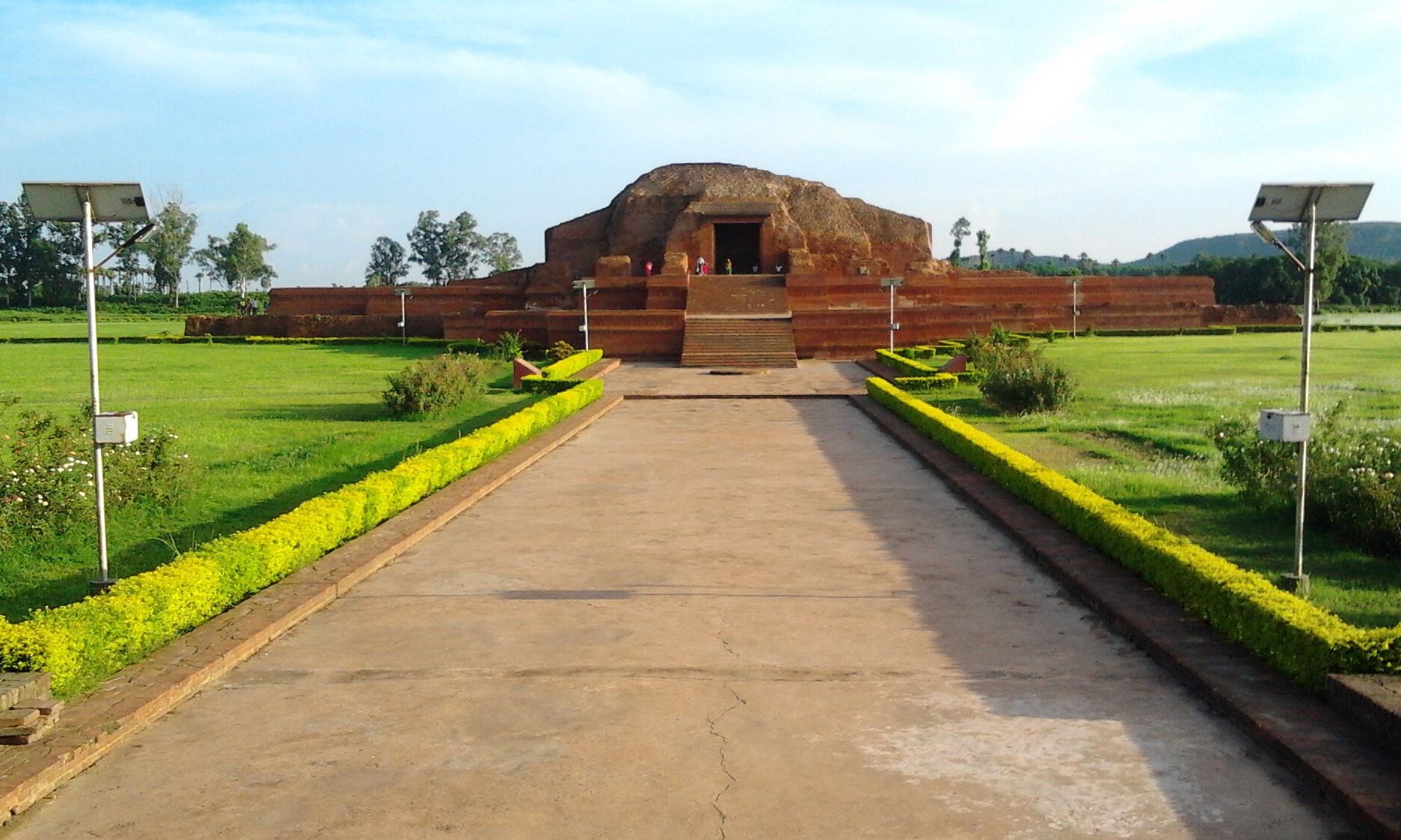 The next arrival of overwhelming political importance was that of the Europeans. The great seafarers of north-west Europe, the British, French, Dutch and Portuguese, arrived early in the seventeenth century and established trading outposts along the coasts. The spices of Malabar (in Kerala) had attracted the Portuguese as early as the end of the 15th century when, in 1498, Vasco da Gama had landed at Calicut, sailing via the Cape of Good Hope. Early in the 16th Century, the Portuguese had already established their colony in Goa; but their territorial and commercial hold in India remained rather limited. During the late 16th and 17th century they remained unrivaled as pirates on the high seas; but inland the other European companies were making their presence felt, though entirely in commercial terms.
The next arrival of overwhelming political importance was that of the Europeans. The great seafarers of north-west Europe, the British, French, Dutch and Portuguese, arrived early in the seventeenth century and established trading outposts along the coasts. The spices of Malabar (in Kerala) had attracted the Portuguese as early as the end of the 15th century when, in 1498, Vasco da Gama had landed at Calicut, sailing via the Cape of Good Hope. Early in the 16th Century, the Portuguese had already established their colony in Goa; but their territorial and commercial hold in India remained rather limited. During the late 16th and 17th century they remained unrivaled as pirates on the high seas; but inland the other European companies were making their presence felt, though entirely in commercial terms.
The Years of ‘The Raj’
The newcomers soon developed rivalries among themselves and allied with local rulers to consolidate their positions against each other militarily. In time they developed territorial and political ambitions of their own and manipulated local rivalries and enmities to their own advantage. The ultimate victors were the British, who established political supremacy over eastern India after the Battle of Plassey in 1757. They gradually extended their rule over the entire subcontinent, either by direct annexation, or by exercising suzerainty over local rajas and nawabs.
Unlike all former rulers, the British did not settle in India to form a new local empire. The English East India Company continued its commercial activities and India became ‘the Jewel in the Crown’ of the British empire, giving an enormous boost to the nascent Industrial Revolution by providing cheap raw materials, capital and a large captive market for British industry. The land was reorganised under the harsh Zamindari system to facilitate the collection of taxes to enrich British coffers. In certain areas farmers were forced to switch from subsistence farming to commercial crops such as indigo, jute, coffee and tea. This resulted in several famines of unprecedented scale.
In the first half of the 19th century, the British extended their hold over many Indian territories. A large part of the subcontinent was brought under the Company’s direct administration; in some parts local rulers were retained as subsidiaries of the Company, militarily and administratively completely at its mercy and yilelding to it an overwhelming portion of the revenues. By 1857, “the British empire in India had become the British empire of India.” The means employed to achieve this were unrestrained and no scruple was allowed to interfere with the imperial ambition.



















